Abstract: At present, the number of motors that support speed regulation and motion control is increasing. The problems in performance testing are gradually revealed. How to realize synchronous measurement of motor and driver?
As we all know, a motor is a device that can convert electrical energy into mechanical energy. It is widely used in industries, agriculture, military, rail transit, household appliances, medical care, etc. It can be said that it is ubiquitous. Especially with the development of frequency conversion speed regulation technology in the industry, motors that support real-time control can be said to be more and more, because they have some irreplaceable features: real-time output speed and torque adjustment can be realized according to load requirements. The purpose of motion control or energy saving. This type of motor has one thing in common - it requires drive control, the most typical of which are servo motors and variable frequency motors.
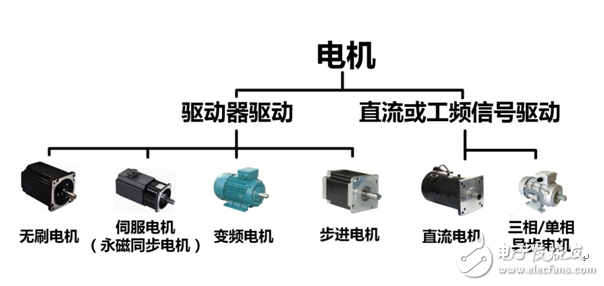
Like the traditional fan and water pump industry, the three-phase asynchronous motor was originally used. Now it is necessary to use the combination of Frequency Converter + variable frequency motor, in order to achieve the speed control of the motor and achieve the purpose of energy saving and emission reduction. For example, when the drainage load is high, the output power of the water pump motor is increased to achieve full load output; when the drainage load is small at night, the speed of the water pump motor is reduced by the frequency converter, and the output power of the water pump is reduced, thereby achieving the purpose of energy saving.
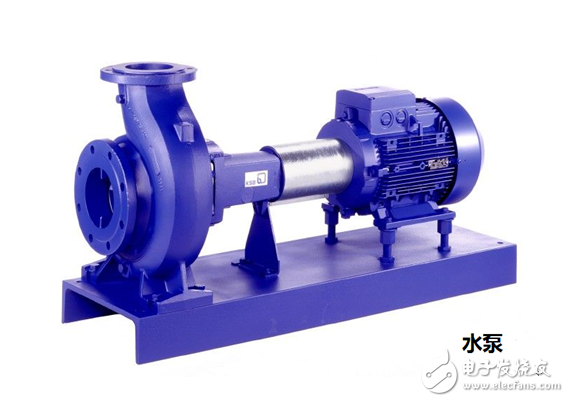
Although the variable frequency motor and the brushless motor achieve better energy saving through the control of the motor, a new device, the motor driver (inverter), is also introduced. Since the motor drive also has loss of efficiency, we should not only pay attention to the motor when evaluating the performance of the motor, but the drive and the motor should be evaluated as a comprehensive system.
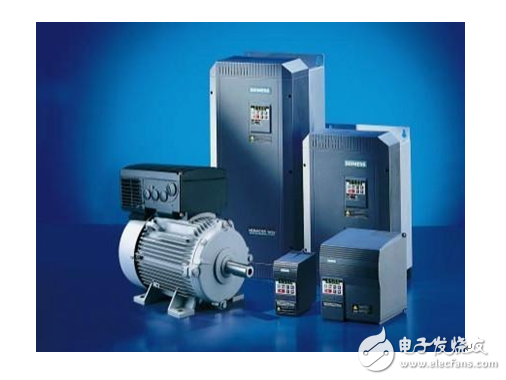
The importance of simultaneous testing of motors and drives
In traditional motor testing, the efficiency of the motor is not constant, but varies with speed (load). As far as efficiency testing is concerned, the motor drive is the same.
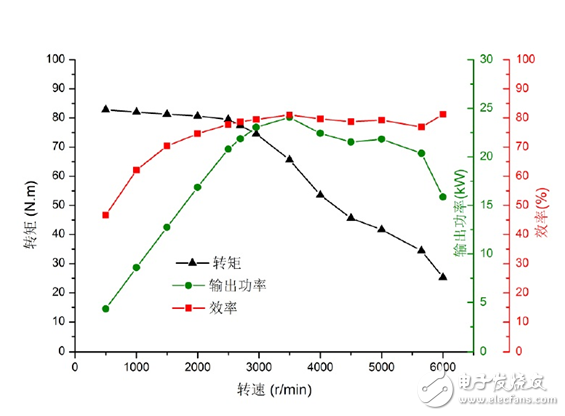
Therefore, in order to ensure the efficiency of the motor and the accuracy of the motor driver efficiency test, it is necessary to ensure that the two are measured under the same load, that is, to ensure the acquisition at the same time point. Here, a multi-channel power analyzer is generally used for measurement. As shown in the figure below, it is a very common method for synchronous testing of variable frequency motors and inverters.
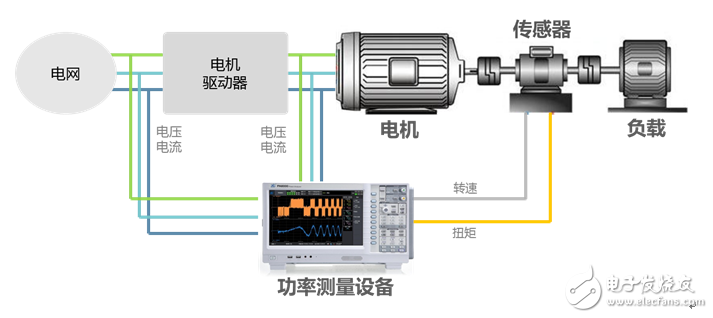
In this system, the three-phase input, three-phase output of the inverter (motor drive), and the torque output of the motor are all connected to the same device (power analyzer) for acquisition, and realized by the internal efficiency calculation tool of the device. Synchronous measurement of the efficiency of the motor, motor drive and the entire system. In the case of ensuring that the power analyzer's synchronism is good enough, the PA power analyzer used in the example has a synchronization error as low as 10 ns, and the test results of the basic efficiency are accurate.
Practical application
In the MPT motor test system of ZLG Zhiyuan Electronics' motor test field, the above synchronous measurement scheme is used. Through this method, the synchronous output performance parameters and efficiency values ​​of the motor and the driver can be obtained in real time, which is very beneficial for the user to effectively analyze and utilize the data.
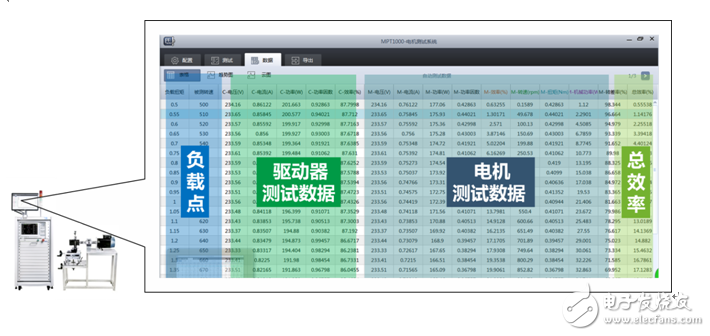
A single-phase VFD, also known as a variable frequency drive, is a specialized electronic device used for precise control and regulation of single-phase motors. Unlike three-phase motors that are commonly used in industrial applications, single-phase motors are predominantly found in residential and small-scale applications.
The primary function of a single-phase VFD is to control the frequency and voltage supplied to the single-phase motor, thereby enabling accurate regulation of motor speed. By adjusting the frequency and voltage output, the VFD allows for smooth and precise control over the motor's rotational speed. This feature is particularly useful in applications where speed control is required, such as in residential HVAC systems, small-scale machinery, and household appliances.
Energy efficiency is a significant advantage offered by single-phase VFDs. By adjusting the motor speed to match the load requirements, the VFD reduces energy wastage and improves overall energy efficiency. When the motor operates at a lower speed during periods of low demand, energy consumption is significantly reduced, resulting in energy savings and lower operating costs.
Motor protection is another important aspect addressed by single-phase VFDs. They incorporate various protective features, including overload protection, short circuit detection, and thermal protection, which help safeguard the motor against damage due to excessive current, voltage fluctuations, or overheating. This ensures reliable motor operation, prolongs the motor's lifespan, and reduces the risk of unexpected failures.
Harmonic filtering is also a critical consideration in single-phase VFD applications. When single-phase VFDs operate, they can introduce harmonics into the power supply, which may cause issues such as voltage distortions and interference with other electrical equipment. To mitigate these problems, single-phase VFDs often incorporate harmonic filtering techniques to suppress harmonics and ensure a clean and stable power supply, maintaining power quality and preventing damage to connected equipment.
Control algorithms play a significant role in single-phase VFD operation. These algorithms allow for precise control and adjustment of motor speed, ensuring smooth acceleration, deceleration, and accurate speed regulation. Advanced control algorithms enable efficient motor operation and enhance overall system performance.
In summary, single-phase VFDs provide precise control and regulation of single-phase motors in residential and small-scale applications. With their energy efficiency, motor protection features, harmonic filtering capabilities, and advanced control algorithms, single-phase VFDs enhance motor performance, reduce energy consumption, and ensure reliable operation in various residential and small-scale applications.
Single Phase Vfd,220V Frequency Inverter,Ac Frequency Inverter,High Frequency Inverte
WuXi Spread Electrical Co.,LTD , https://www.vfdspread.com